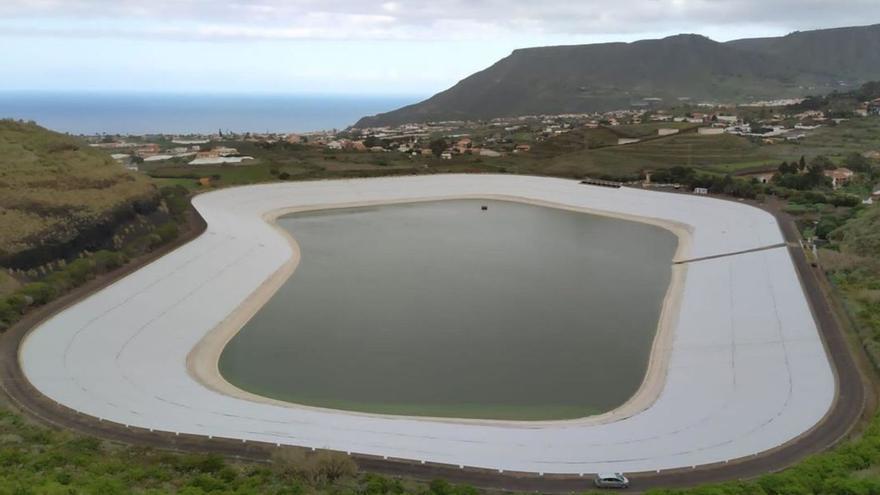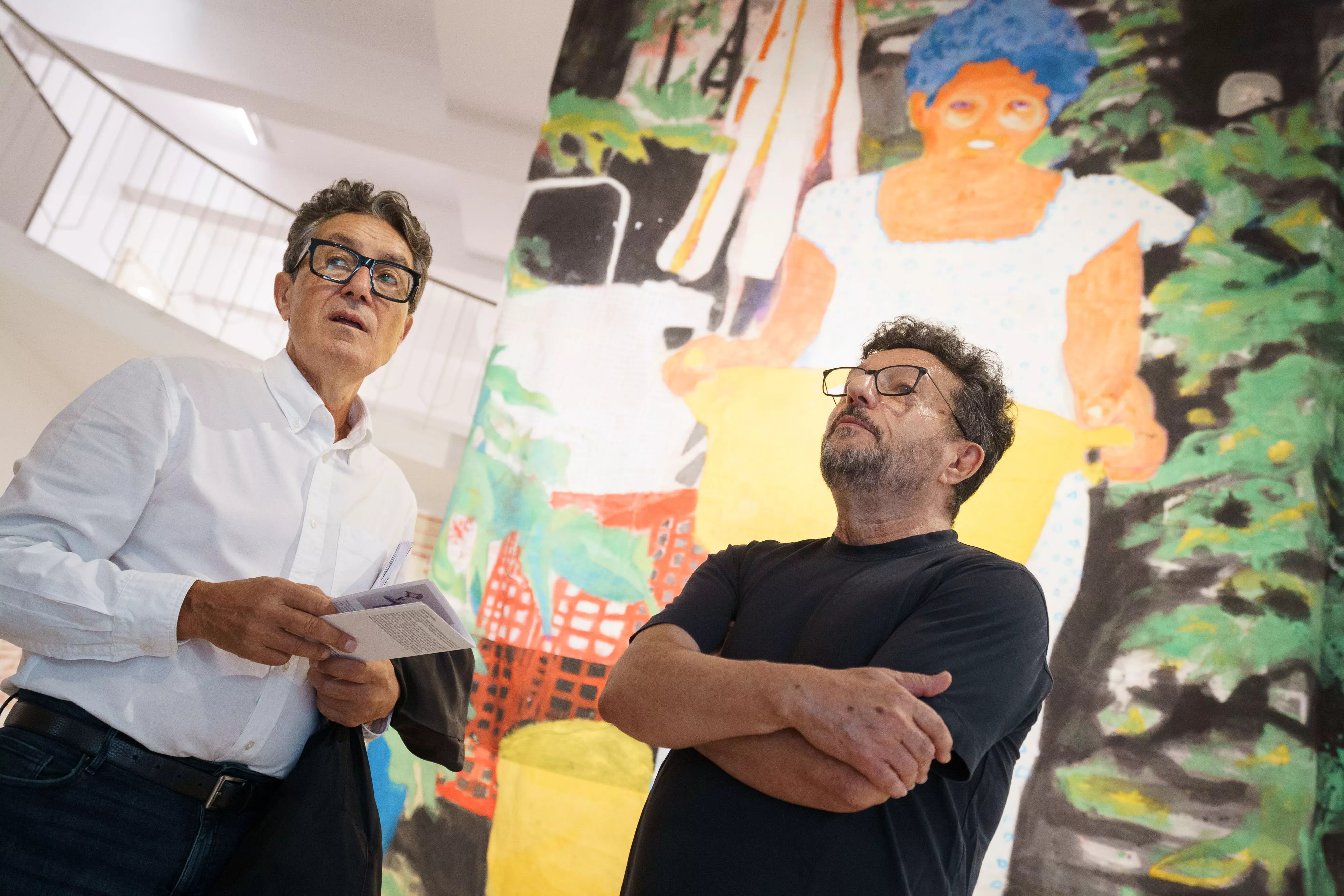
The 21 rafts of Tenerife they are just under half, 48%, of their capacity. Far from records like April 2021 when thanks to the effects of the Filomena storm they reached 87%, an all-time high that guaranteed water equivalent to 1,292 Olympic swimming pools to irrigate the Tenerife countryside. But it is also true that it is well above the persistent drought of other stages such as the one that in 2017 left them below minimums, at 21%. The insular Councilor for Agriculture, Livestock and Fisheries, Javier Parrilla requests “tranquility and caution” in the face of data that, he assures, “show that the regeneration strategy –desalination or purification– to give stability and quality to the irrigation supply achieves its goals » to the field without always having to look at the sky.
Variations in this area are as capricious as the weather itself. Thus, in just one week, between December 31 and the data updated to January 11, the volume of global water rose 2%, from 46% then to 48% today.
Some factors must be taken into account when analyzing. The first is that two of the largest pools on the island, Montaña de Taco in Buenavista del Norte (the largest) and Barranco de Benijos in La Orotava are empty because waterproofing works are currently underway in both infrastructures.
Another aspect to highlight is the scarcity of rain characteristic in recent years, but with many nuances and unforeseen changes in the very short term.
In this sense, last autumn was very humid on average but uneven in terms of rainfall in Tenerife. The month of September, based on the passage of the storm Hermine, raised the rains by 500% with respect to the standard figures.
During the effects of that tropical depression, 49% of the meteorological stations –116 of the 238 total– broke the record for maximum precipitation in one day, according to Aemet. In contrast, October was a “dry” period, November “very dry” and December was “below normal rainfall values.”
Returning to the ponds and the assessment of the island councilor, Parrilla highlights the partial data on reclaimed water in the south, with 619,000 cubic meters and 82% storage, as well as those in the Northeast, specifically in Valle Molina and El Boquerón, where “in addition to serving 4,000 cubic meters a day, more than 200,000 are stored.” The island official also recalls that the Cabildo has tripled the irrigation water supply capacity in Vilaflor de Chasna and San Miguel de Abona, as well as that, at a general level, the increase in the volume of water supplied has resulted in an increase in the cultivated area on the island.
To this is added, in addition, “the importance of the use of marine desalination water”, points out Parrilla as demonstrated by “the levels of the Lomo del Balo and Trevejos rafts, from which desalination is received from the Niagara and Tágara galleries”. . In short, the capacity of the ponds in Tenerife guarantees irrigation despite the lack of rain.
Los Campitos and El Río: two fiascos
New Canary Islands (NC) yesterday demanded that the Cabildo “lead the recovery of the El Río dams, in Arico, and Los Campitos, in Santa Cruz.” The formation politics He maintains that both infrastructures represent “a monument to failure and to historical speculation with water policy on the Island.” The El Río dam takes its name from the ravine that delimits the municipalities of Arico and Granadilla de Abona. The one in Los Campitos is located in the emblematic Alto Chicharrero neighborhood. The Secretary of Territorial Implantation of NC, Valentín Correa, considers, after meetings held with independent technicians and different professional organizations that “there is a reasonable feasibility for the Cabildo to lead the recovery of these hydraulic facilities.” Its implementation would be possible thanks to current technical advances that would allow the waterproofing of the vessels, “since it is sad that both have been abandoned for decades without having fulfilled the functions for which they were designed,” concludes Correa. | JDM
















